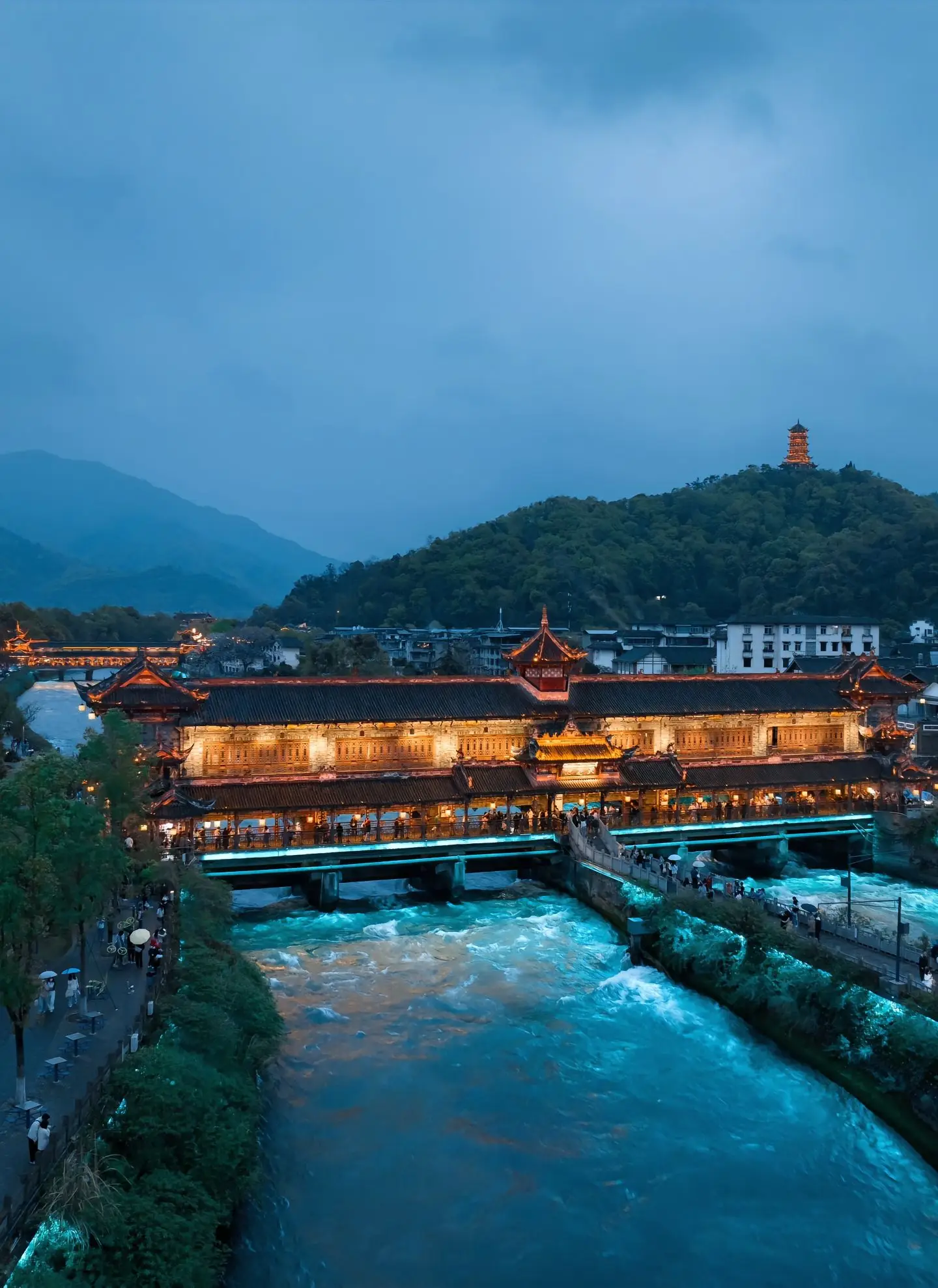A Grand Tour of Italy's Baroque Splendors: Where Drama and Devotion Meet
Close your eyes and imagine an architectural style that captures the very essence of drama, emotion, and theatrical flair. A style where stone seems to soften into billowing clouds, where light and shadow perform a silent, sacred play, and where every surface teems with dynamic, lifelike sculptures. This is Baroque, and for the traveler with a passion for history, art, and breathtaking beauty, Italy offers its most spectacular and soul-stirring stage.

Born in Rome in the 17th century as a powerful tool for the Counter-Reformation Catholic Church, Baroque architecture was designed to inspire awe, to communicate faith directly to the masses, and to create an overwhelming sense of heavenly glory. It’s an art of movement and emotion, a far cry from the serene balance of the Renaissance. For the modern explorer, seeking out these masterpieces is not just about checking sites off a list; it's about stepping into a world designed to make you feel. This guide is your curated itinerary to the very best cities and towns in Italy for immersing yourself in the world of Baroque architecture in Italy, ensuring you discover not just the famous landmarks but also the hidden gems that make this journey unforgettable.
Rome: The Cradle of the Baroque
Any exploration of Italian Baroque architectural wonders must begin in Rome. It was here that geniuses like Gian Lorenzo Bernini, Francesco Borromini, and Pietro da Cortona competed for papal commissions, forever changing the city's skyline. The epicenter of this artistic revolution is Piazza Navona, a magnificent oval square built on the ruins of an ancient stadium. Here, Bernini's Fountain of the Four Rivers is a quintessential masterpiece of Baroque sculpture and design. The towering obelisk seems to be supported by a travertine mountain, from which four colossal river gods burst forth with incredible energy. The entire composition is a study in motion and power, best appreciated from a nearby café with an espresso in hand.
Just a short walk away, you'll find the church of San Luigi dei Francesi. While its facade is relatively subdued, step inside and make a beeline for the Contarelli Chapel. Here, you will find three paintings by Caravaggio, the painter who mastered the Baroque's dramatic use of light and shadow, known as chiaroscuro. His "Calling of Saint Matthew" is a breathtaking example, where a shaft of divine light cuts through the shadows of a mundane tax collector's office, forever altering a destiny. This is a perfect stop for those interested in Baroque art and architecture tours that combine both forms.
However, the ultimate expression of Roman Baroque lies within the Basilica of St. Peter's. Bernini's contributions here are monumental. His colossal bronze baldachin (canopy) over the main altar spirals dynamically upwards, a structure of immense scale and complexity. Even more awe-inspiring is his Cathedra Petri (Throne of St. Peter) in the apse, a gilded vision of clouds, angels, and flowing robes that seems to dissolve the wall behind it. And don't miss the Scala Regia, the ceremonial staircase leading to the Vatican, where Bernini used clever perspective and diminishing column sizes to create a grand, seemingly endless corridor. For the traveler focused on exploring Baroque masterpieces in Rome, St. Peter's is an absolute non-negotiable.
Turin: The Elegant Baroque of the Savoy Court
While Rome's Baroque is ecclesiastical and theatrical, Turin’s version is regal, geometric, and profoundly elegant. As the capital of the powerful House of Savoy, the city was transformed into a grand European capital in the 17th and 18th centuries. The mastermind behind this transformation was Guarino Guarini, a Theatine priest and mathematician whose Baroque architecture style and characteristics include complex geometric domes and a mystical use of light.
Guarini's masterpiece is the Chapel of the Holy Shroud (Cappella della Sindone). Built to house the famous Shroud of Turin, the chapel’s mind-bending dome is a fractal-like series of stacked arches, culminating in a star-shaped opening that floods the space with celestial light. The intricate, almost dizzying geometry is a testament to the intellectual and spiritual ambitions of the Baroque.
Nearby, the Palazzo Reale (Royal Palace) and its adjacent Palazzo Madama showcase the evolution of the style. The Palazzo Madama features a magnificent facade and staircase by Filippo Juvarra, another giant of late Baroque and Rococo. Juvarra's other must-see work in Turin is the Basilica of Superga, perched on a hill overlooking the city. While its exterior has a classical purity, the interior is a glorious, light-filled space of exquisite proportions and decoration, offering one of the most sophisticated Baroque church interior design experiences in all of Italy. Turin provides a fascinating contrast to Rome, proving that Baroque could be as much about cool, intellectual calculation as about hot-blooded passion.
Lecce: The Fanciful Florentine of the South
Venture down to the sun-drenched heel of Italy's boot, and you will discover Lecce, the undisputed queen of Southern Italian Baroque architecture. Known as Lecce Baroque, this style is unique, characterized by its use of a local, golden-hued limestone that is soft and easy to carve. This material allowed artisans to unleash their imaginations, covering church facades with a dizzying profusion of flora, fauna, mythical creatures, and cherubs.
The facade of the Basilica di Santa Croce is the ultimate expression of this whimsical style. It’s a breathtaking, almost overwhelming tapestry in stone. Look closely and you'll see fruits, flowers, animals, and figures tumbling over one another in a joyful, chaotic celebration of craftsmanship. It is less about divine drama and more about pure, unadulterated decorative exuberance.
The adjacent Piazza del Duomo is another highlight, a surprisingly intimate and unified square dominated by the Cathedral's magnificent bell tower and elaborate facade. As the sun sets and warms the golden stone, the entire city seems to glow, making an evening stroll through the historic center one of the most delightful things to do in Lecce Italy Baroque style. Other key sites include the Church of San Matteo and the facade of the Chiesa del Rosario, each offering its own unique take on this incredibly decorative and joyful architectural language.
The Triumph of the Val di Noto: Sicily's Reborn Baroque
Perhaps the most moving Baroque story in Italy comes from Sicily. In 1693, a catastrophic earthquake virtually flattened several towns in the southeast of the island. From the rubble arose a phoenix-like rebirth, as architects and planners built entirely new cities in the then-modern Baroque style. This collection of eight towns, known as the "Late Baroque Towns of the Val di Noto," is a UNESCO World Heritage site and a paradise for anyone seeking off-the-beaten-path Baroque towns in Italy.
Noto itself is the crown jewel, a planned city of golden stone that feels like an open-air museum. Its centerpiece is the Cattedrale di San Nicolò, majestically positioned at the top of a sweeping staircase. The entire Corso Vittorio Emanuele, the main street, is lined with a succession of beautiful Baroque churches and palaces, like the Palazzo Ducezio and the Church of San Carlo. The magic hour here is late afternoon, when the setting sun sets the honey-colored limestone ablaze.
But don't stop at Noto. Ragusa Ibla, the ancient part of Ragusa, is draped over a hillside in a stunningly picturesque setting. Its Cathedral of San Giorgio, designed by Rosario Gagliardi, boasts a convex facade that thrusts dynamically outward, creating a powerful sense of vertical lift. Similarly, Modica is a town of two parts, built dramatically into a deep ravine. Its Cathedral of San Giorgio is another Gagliardi masterpiece, a cascading series of staircases and levels that form one of the most photographed Sicilian Baroque cathedral facades in the world. Exploring these towns is not just an architectural tour; it's a journey through a story of human resilience and beauty born from destruction.
Naples: The Unfiltered and Theatrical Baroque
Naples offers a Baroque experience that is as intense, vibrant, and sometimes chaotic as the city itself. Neapolitan Baroque is rich, dense, and unapologetically dramatic. A perfect starting point is the Cappella Sansevero (Sansevero Chapel Museum). While technically a chapel, it feels more like a theatrical set piece for the marvels of 18th-century sculpture. At its center is Giuseppe Sanmartino's "Veiled Christ," a statue so masterfully carved from a single block of marble that the marble veil over the deceased Christ appears to be translucent, soft cloth. It is, without exaggeration, one of the most astonishing sculptures ever created and a pinnacle of the Baroque's quest for hyper-realism and emotional impact.
For a more traditional Baroque church experience, the Church of Gesù Nuovo presents a fascinating paradox: a severe, diamond-pointed exterior gives way to an interior that is a glorious explosion of frescoes, marbles, and stuccoes. The sheer density of the decoration is overwhelming in the best possible way. Another essential stop is the Certosa e Museo di San Martino, a former Carthusian monastery perched high above the city. Its church and chapels are a sumptuous display of Neapolitan Baroque decoration, a testament to the city's wealth and artistic fervor during the period.
Tips for Your Baroque Architecture Journey in Italy
To make the most of your trip, a little planning goes a long way. When visiting these sacred spaces, remember to dress appropriately—covered shoulders and knees are required in most active churches. The light is a key component of Baroque design. Try to visit churches in the morning or late afternoon when the sun is at an angle, as this is when the architects intended for light to stream through windows and cupolas, illuminating altars and creating dramatic shadows.
Consider focusing your trip. A "Rome and the South" itinerary (Rome, Naples, Lecce) or a "Northern Baroque" tour (Turin, with possible day trips to nearby residences) can be more rewarding than a rushed, country-wide dash. To truly appreciate the context and the stories behind the stones, consider hiring a local guide for a few hours in key locations like Rome or Lecce. Their insights can transform a beautiful facade into a compelling narrative of faith, power, and artistic rivalry.
From the cosmic drama of Bernini's Rome to the golden, folk-tale fantasies of Lecce, Italy's Baroque treasures offer a journey into the heart of human emotion and divine aspiration. It’s a style that doesn't just want you to look; it wants you to feel. So pack your bags, bring a curious mind, and prepare to be moved by the grandeur, the intricacy, and the sheer, breathtaking beauty of Italy's Baroque soul.




发表评论